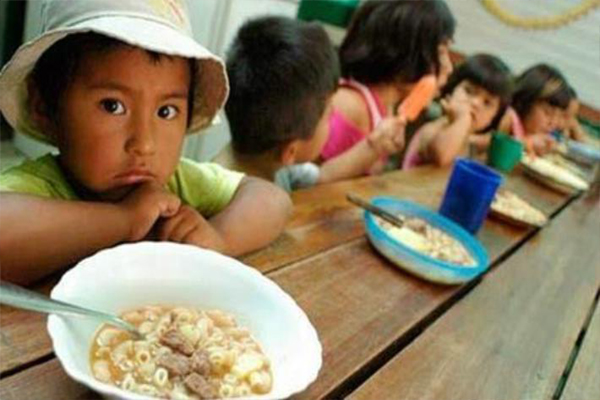What the statistics don’t show: the lasting effects of extreme poverty.
Latin America is a rich continent. We know this when the media show us the prosperity of the most powerful and the cunningly legalised way in which they appropriate vital resources – such as water, land and minerals – in order to exploit them and build their great empires. All of this is sustained by the economic dependence of the neediest sectors. The governments, for their part, are their unconditional allies, having taken control of the centres of political control thanks to casuistic laws that do not include campaign finance limits or the manipulation of justice. Crouching in obscurity, criminal organisations benefit from this unique system.
In paradises of corruption, the most affected are children and adolescents whose existence does not mark priorities in political agendas. Used as an emotional tool in electoral proposals, they are relegated to the bottom of government programmes because, obviously, they have no voice or vote as members of society. This neglect has long-term consequences; one of them is how thousands of children, condemned to malnutrition, to the loss of their physical and mental capacities, to violence derived from their miserable environments, are exposed to a short life. In addition to those who perish for lack of nutrients, there are many more who, as a result, end up as cheap labour with no chance of advancement in life.
The response to such an obvious question lies in the political system and the way the state is administered. The political perspective has not matured enough to consolidate fundamental public policies and is seriously deficient in its humanitarian vision or whatever one wants to call the most elementary sense of responsibility with respect to the obligations towards the population most in need of help. In general, the typical political discourse on child malnutrition is reduced to showing figures and showing satisfaction if the percentage is one or two points lower than the previous year; thus, the fact of pointing out insignificant progress seems to them to be a success even when the number of dead children has no signs of disappearing.
It is assumed that after so many studies elaborated by international organisations, secretariats, commissions and experts hired to implement the plans, by now there could be well-structured zero tolerance programmes against chronic malnutrition at the continental level, as well as effective and transparent allocations of resources with actions oriented towards improving sustainable development policies in the areas of greatest incidence.
Development benchmarks – in countries with wealth as enormous as their poverty sectors – cannot be underpinned by valid and technically correct indicators on policies to eradicate chronic child malnutrition. To this end, food assistance programmes must be independent of government propaganda strategies and work in conjunction with civil society organisations that serve as their guarantors. Society, if it gets involved and discards its prejudices, would be able to change this appalling reality for children.
Hunger is not a curse; it is a product of the corruption of those in power.
elquintopatio@gmail.com @carvasar
Source photo. CAAAP.












